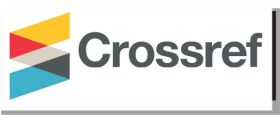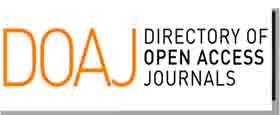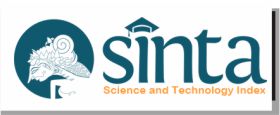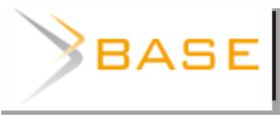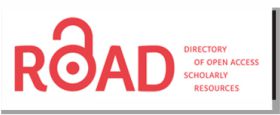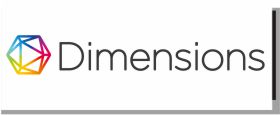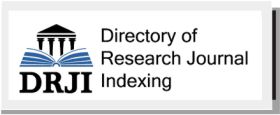Digital as the Future of Indonesia Economy Growth
Abstract
Indonesia is a country that is currently in a developing country position. Indonesia was predicted to be one of the strongest economies in Asia, especially during the oil boom era where Indonesia has oil reserves that are driving economic growth. However, the presence of oil cannot be used for long-term investment and the consequences of the 1998 monetary crisis prevented Indonesia from reaching its potential. In the future the country's growth will be driven by technology. This research is applied research to use Porter's Competitive Advantage model for the State. The data used are secondary data from trusted institutions for which data is publicly available. The results of this study are that Indonesia has the opportunity to become a new economy power in the future as long as it can utilize the current momentum.
Keywords
Full Text:
PDFReferences
Bakan, İ., & Doğan, İ. F. (2012). Competitiveness of the industries based on the Porter’s diamond model: An empirical study. International Journal of Research and Reviews in Applied Sciences, 11(3), 441-455.
Campello, M., & Graham, J. R. (2013). Do stock prices influence corporate decisions? Evidence from the technology bubble. Journal of Financial Economics, 107(1), 89-110.
Chow, G. C. (2017). Capital formation and economic growth in China (pp. 1186-1221). Brill.
Dutu, R. (2015). Making the most of natural resources in Indonesia.
Frost, J., Gambacorta, L., Huang, Y., Shin, H. S., & Zbinden, P. (2019). BigTech and the changing structure of financial intermediation. Economic Policy.
Guilmoto, C. Z., & Jones, G. W. (Eds.). (2016). Contemporary demographic transformations in China, India and Indonesia. Springer International Publishing.
Krueger, R. A. (2014). Focus groups: A practical guide for applied research. Sage publications.
Mahmood, I. P., & Singh, J. (2003). Technological dynamism in Asia. Research policy, 32(6), 1031-1054.
Maneschi, A. (2008). How would David Ricardo have taught the principle of comparative advantage?. Southern economic journal, 1167-1176.
Minniti, M. (2008). The role of government policy on entrepreneurial activity: productive, unproductive, or destructive?. Entrepreneurship theory and Practice, 32(5), 779-790.
Oosterbeek, H., Van Praag, M., & Ijsselstein, A. (2010). The impact of entrepreneurship education on entrepreneurship skills and motivation. European economic review, 54(3), 442-454.
Pickernell, D., Senyard, J., Jones, P., Packham, G., & Ramsey, E. (2013). New and young firms: Entrepreneurship policy and the role of government‐evidence from the Federation of Small Businesses survey. Journal of Small Business and Enterprise Development, 20(2), 358-382.
Porter, M. E. (2008). The five competitive forces that shape strategy. Harvard business review, 86(1), 25-40.
Smith, E., & Smith Jr, J. (2008). Using secondary data in educational and social research. McGraw-Hill Education (UK).
Spencer, A. S., & Kirchhoff, B. A. (2006). Schumpeter and new technology based firms: Towards a framework for how NTBFs cause creative destruction. International Entrepreneurship and Management Journal, 2(2), 145-156.
Usui, N. (1996). Policy adjustments to the oil boom and their evaluation: the Dutch disease in Indonesia. World Development, 24(5), 887-900.
Utting, P. (2005). Rethinking business regulation: From self-regulation to social control. Geneva: United Nations Research Institute for Social Development.
DOI: https://doi.org/10.31334/bijak.v17i2.1009
Refbacks
- There are currently no refbacks.
Copyright (c) 2020 Majalah Ilmiah Bijak

This work is licensed under a Creative Commons Attribution-NonCommercial-ShareAlike 4.0 International License.
View My Stats
ISSN 1411-0830 (Media Cetak) 2621-749X (Media Online)
Email : [email protected] / [email protected]
Website: http://ojs.stiami.ac.id/index.php/bijak/index
INDEKS BY:
|



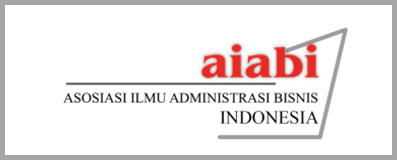




1.png)

